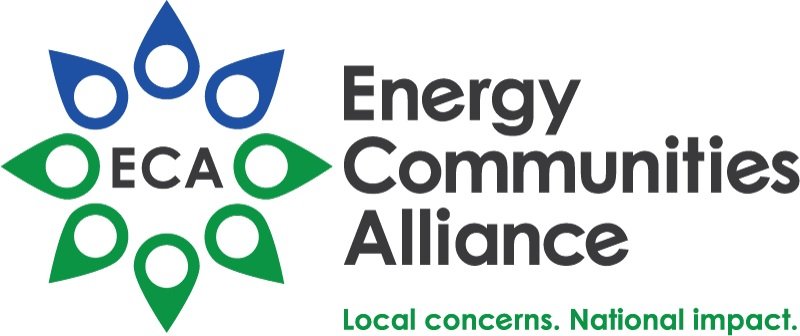Like ECA, GAO sees potential to reduce risks, expedite cleanup and save taxpayers billions by clarifying HLW definition, grouting at Hanford
Last week, the U.S. Government Accountability Office (GAO) released a study, “Actions Needed to Enable DOE Decision That Could Save Tens of Billions of Dollars,” examining potential disposal options for grouted supplemental Low Activity Waste (LAW) at Hanford.
Based on its work, GAO finds that disposing of supplemental LAW as grouted waste rather than vitrified waste and transporting it outside of Washington State could bring the total cost for treatment and disposal down from between $21 billion and $37 billion, to between $11 billion and $13 billion. GAO also noted this alternative treatment plan could expedite cleanup.
GAO recommendations echo those made by the Energy Communities Alliance (ECA) in our 2019 report, “Making Informed Decisions on DOE’s Proposed High-Level Waste Definition,” that:
Congress should consider clarifying DOE’s authority to manage and dispose of tank waste as other than high-level waste (HLW), consistent with existing authorities; and
DOE should expand the potential disposal options it assesses to include all facilities that receive grouted supplemental LAW.
Potential disposal facilities included those previously identified in reports by DOE or the National Academies.
While cost and schedule savings information is available for treating supplemental LAW using grout, less is known about disposal options for grouted supplemental LAW. GAO’s report provides additional information, examining (1) potential facilities for the disposal of grouted supplemental LAW from the Hanford Site and the regulatory and technical challenges DOE faces at each facility; (2) the costs and environmental risks associated with disposal of grouted supplemental LAW at selected facilities; and (3) the challenges DOE faces in selecting a disposal option for Hanford’s supplemental LAW.
DOE concurred with GAO’s recommendations.
See the full report: https://www.gao.gov/products/gao-22-104365.

